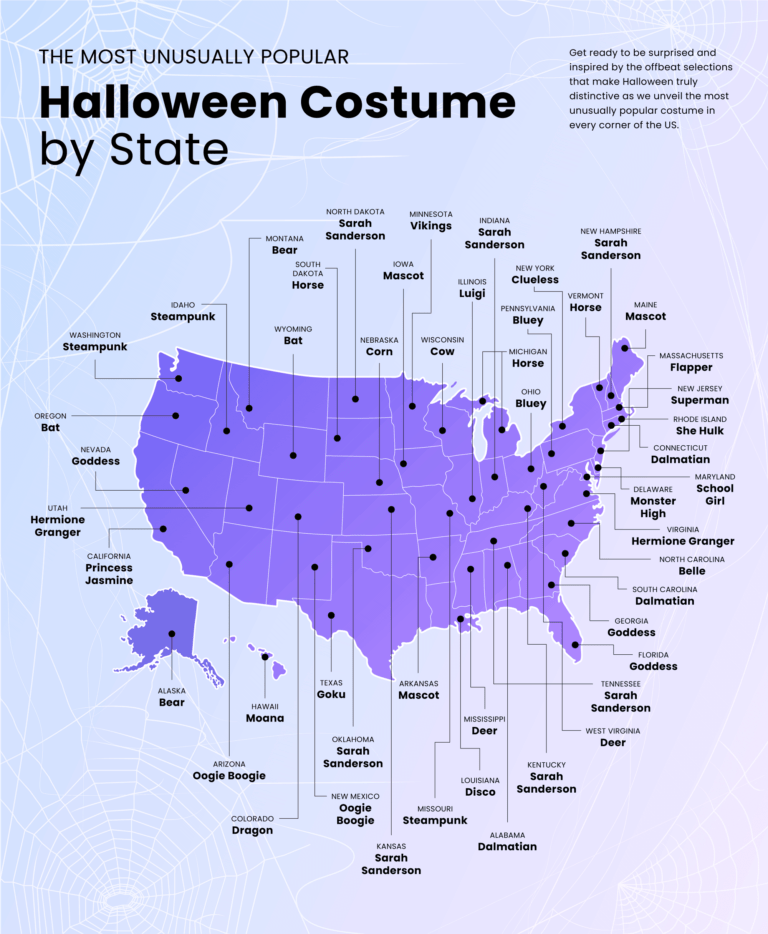Table of contents

Online visibility refers to how easily people can find your brand online. In today’s hyper-connected world, being easily accessible is more important than ever. But it’s not enough to simply create online visibility for your brand to stand out. You should also consistently measure online visibility and track performance using targeted metrics, in order to improve your marketing strategy.
There is no one-size fits all approach to measuring visibility. This varies greatly depending on your industry, niche, target audience and competitors. However, we’ve got some tips that could help you gain more insight into your brand awareness efforts.
Wondering “how can you measure online visibility”? To navigate this complex landscape, delve into specific metrics that reflect your brand’s online footprint. By aligning these indicators with your industry, niche, and audience, you can fine-tune your strategies for enhanced visibility and impact.
VISIBILITY METRICS
Increasing online presence means getting your website, landing pages, and social media accounts in front of as many viewers as possible. Analysing media coverage, share of voice and keyword rankings are a couple ways to help you do so.
Media Coverage
Analyse the total amount of feature articles, media and news article mentions, syndicated coverage and social shares your brand is getting through PR activity each quarter. Make sure to track each of these types of coverage separately so you are able to track what type of media outlets your content is getting coverage in.
Apart from the number of mentions generated, you can use specific tools to get useful insights. SimilarWeb, for example, can help to retrieve an estimate of the number of views a specific article attracts (vs. the total reach of the publication your brand is featured in).
Share of Voice (SOV)
Share of voice is the measure of the market that your brand owns (or converts) during a single time period in comparison to competitors. SOV can include many elements of digital marketing and advertising including keyword traffic, mentions on social media, impressions, reach etc.
To measure SOV, you can use this simple formula:
Your brand metric / Total market metric x 100
Measure your desired metrics consistently to better understand where you stand against your competitors. This will give you insight into what areas of your marketing strategy you need to adjust to boost your online presence.
Keyword rankings
Keywords are the most traditional SEO metric used when measuring brand awareness performance. Consider carefully researching keywords and phrases that your customers are likely to search for in Google, Bing, Yandex and other search engines. Then focus on getting your brand to rank highly for those keywords in SERPs in order to boost your brand’s online visibility.
There are plenty of tools on the market that can track keyword rankings. Favourites include SEMRush, Ahrefs, AnswerThePublic Google Search Console, Google Keyword Planner and others. Most have advanced features that allow you to perform keyword analysis against your competitors and generate phrase matches and related keywords.
DOMAIN AND TRAFFIC METRICS
Getting your domains to rank on search engines is one thing, but getting potential customers to click through to your site is another. Consider tracking web and blog traffic, SERP click-through rates, monitoring your backlink profile and SEO metrics (e.g. Domain Authority/Ranking and Trust Flow). These insights will tell you just how authoritative and convincing your brand is in the eyes of the web ecosystem.
Web and blog traffic
This is a given, but you will need to track and measure the organic, direct and referral traffic to your company’s website.
There are a number of powerful tools you can use to analyse your website’s performance. Your first choice should be Google Analytics as it’s the simplest and most robust platform (and not to mention free). Using the site’s usage metrics, you can find out where your users are coming from, what they’re doing while on your site and how often they return, among other things.
Just as important is measuring your blog’s performance. Your content marketing strategy’s success is largely dependent on the success of your brand’s blog posts in search rankings and conversions.
You will also want to measure your blog’s total and organic blog traffic monthly to figure out what drove the most traffic to those landing pages. This information will allow you to be more targeted and spend resources more efficiently through refining your brand’s content strategy.
SERP click-through rates
Measuring the click-through rates of search result pages is an important aspect that helps you measure the effectiveness of your SEO efforts.
You’ve managed to get your landing pages ranking highly on Google, but are users actually clicking on those results and are you satisfying search intent? Google Search Console is a great tool that helps you measure your site’s search traffic and performance.
Backlinks
Another core SEO metric is the quantity and quality of domains linking back to your website. Garnering links from reputable sites will improve your own site’s ranking in SERPs. This, in turn, should ultimately lead to higher visibility and more traffic, resulting (hopefully) in higher conversions.
Some of the previously-mentioned tools such as SEMRush or Ahrefs have powerful backlink checkers that show exactly who is linking to your site and what their overall authority-score is.
Domain Rank and Trust Flow
Ahref’s Domain Rank (DR) is a ranking score that gives a basic indication of how well a site will rank on SERPs. Domain rank ranges from a score of 1 to 100. The higher your score, the better your website will rank.
There are a number of factors that play a part in a site’s DR such as root domains and total number of inbound links. You can check the DR of any website by installing the Ahrefs SEO toolbar.
Majestic SEO’s Trust Flow is another strong metric that in recent years has been gaining popularity among SEO experts. Trust flow essentially analyses how trustworthy your page is based on a variety of criteria, including things like the number of clicks a page gets from other trusted sites.
Tracking and measuring this metric will give you a good picture of how authoritative your domain is in your niche.
SOCIAL METRICS
Social media metrics will help you better understand your current and potential customers. Tracking who your audience is and what they’re saying about you will help you optimise your marketing efforts and outperform your competitors.
Followers
Track the total numbers of followers on each of your brand’s channels to better understand what marketing and promotional activities in your strategy are increasing these numbers.
Social media platforms such as LinkedIn, Twitter and Facebook already come with built-in analytics tools. These will give you more insightful information about where your followers are from, how often they engage with your content, what their interests are, etc. This data can help you better your content marketing strategy and ultimately drive traffic to your landing pages.
Engagement
Social engagement is the continual effort of keeping an open line of communication with your brand’s followers. It can be measured by the amount of likes, comments, shares, retweets, etc. your social media pages and posts get.
Tracking this metric allows you to see what types of content your followers show interest in and on which channel. This can help you better tailor your content to different social channels to increase engagement and improve your brand’s overall visibility.
Organic Mentions
If there’s anything better than other people sharing your brand’s content for you, it’s when they mention you without being prompted (or paid) to do so!
Gathering positive mentions of your brand means you’re doing something right, whether it be pushing the right content, providing amazing customer service or simply delighting your customer with your products and services.
Social mentions should be measured as they are yet another metric that can help you build your marketing strategy and engage with those who are supporting your brand. Mention is a great social listening tool that automatically notifies you when your brand gets a mention online.
Measuring online visibility is by no means an easy task and there are dozens of metrics that your company can choose to track. But once you select the ones that best align with your business and consistently track them, you will soon gain valuable insights that will help you enhance your marketing strategy and achieve better results.





